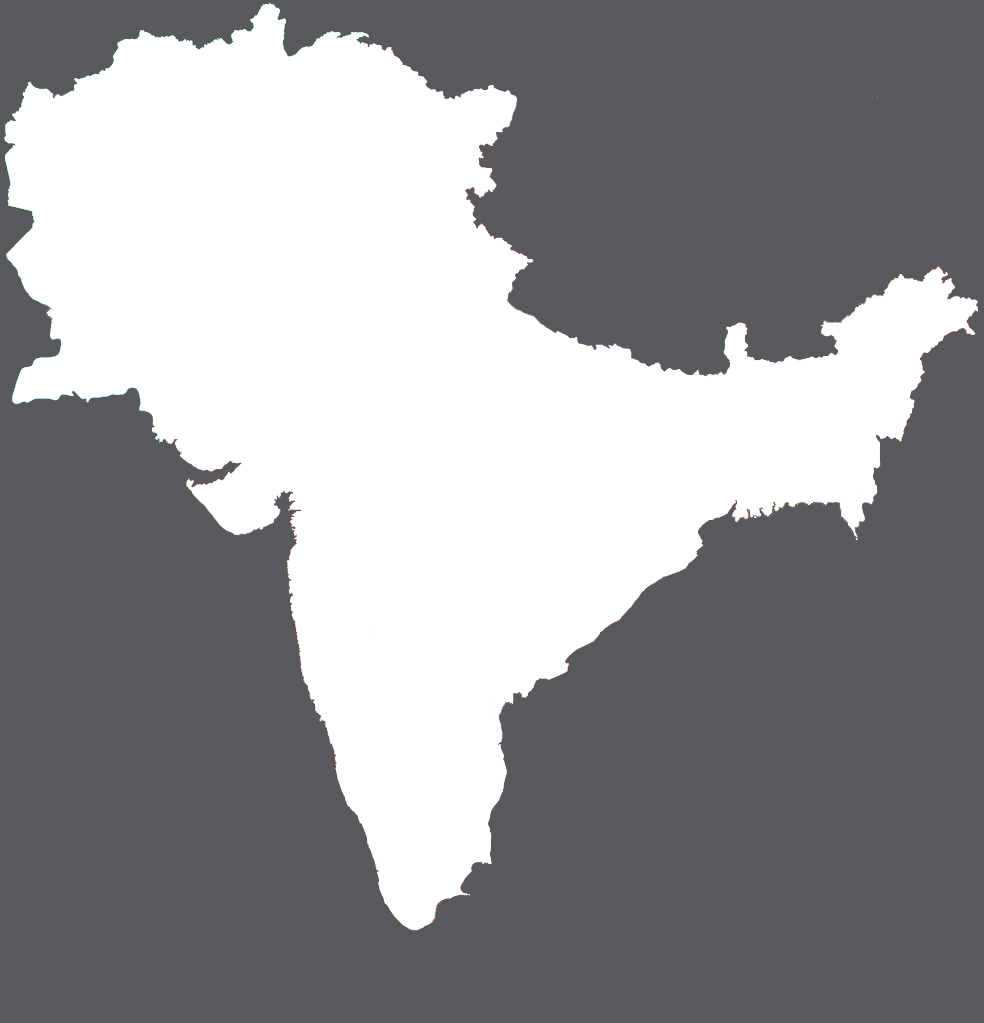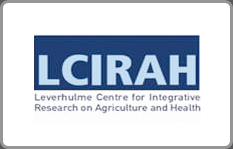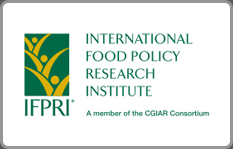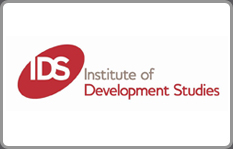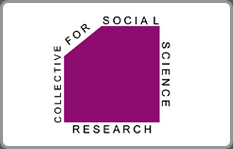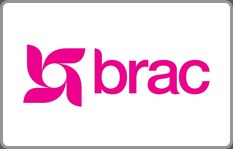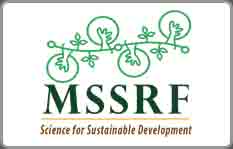Is more inclusive more effective? The impact of more inclusive public distribution systems
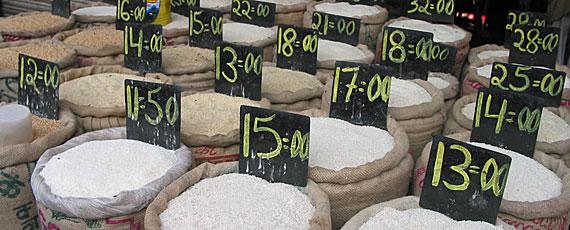
Jessica Meeker reports back on a presentation at LCIRAH’s 4th Annual Conference
India‘s targeted public distribution system (TPDS) is the world‘s largest food safety-net programme. It is known for its poor targeting and minimal impact on food security and nutrition. Targeting is difficult and it is estimated that roughly half of entitlement cards are wrongly allocated, often disadvantaging the poorest households.
In recent years, some states have moved back to a more universal system and this has shown an increase in coverage, and a reduction in the poverty gap.
Avinash Kishore from IFPRI, presented a paper which estimates the impact of making TPDS more inclusive and more subsidized. This impact analysis is timely. India's new Food Security Act, passed by the Parliament in September 2013, has adopted the same strategy of expanding the target group (to two-third of all households) and providing them wheat, rice or coarse cereals at very low prices.
The trick is to differentiate the improvement in the states with the new system, from the improvements which have been seen in other states, therefore showing the attribution related to these new reforms.
Using household data from five rounds of National Sample Survey Organization‘s (NSSO‘s) the analysis showed that the new reforms did increase the number of households who received PDS rice in the study states proportionately more than other states. The study also showed that the money saved on rice was spent on other nutritious foods such as pulses, eggs, oils, fruit and vegetables.
The universal system also showed a large increase in uptake of PDS by households below the poverty line, but only a minor increase in uptake from households above the poverty line, indicating that even without targeting, the poor households are benefiting most.

